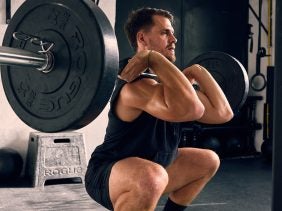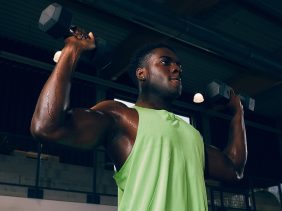Grip Strength—Why You Need It and How to Develop It
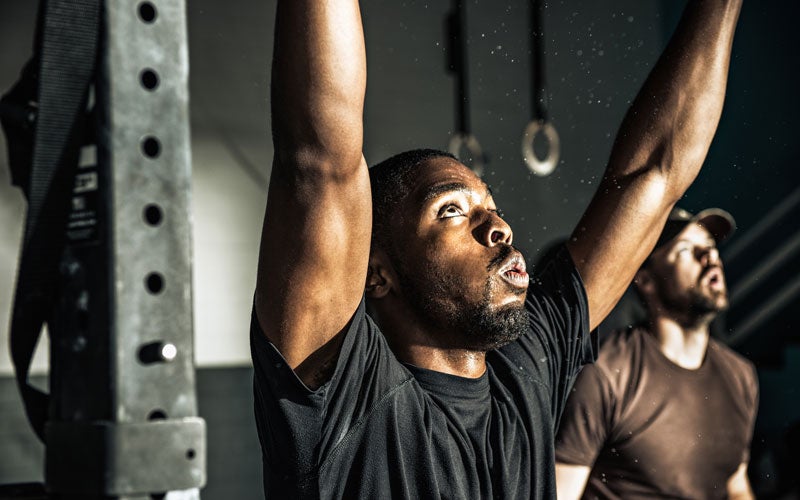 © foodspring
© foodspring
Grip strength is essential for everyone, not just weightlifters! There are many ways your whole life will benefit from having a stronger grip. Keep reading to find out what you need to know about improving your own grip strength and how it can help you day to day.
What is grip strength?
Grip strength is the force you have to exert to grasp something. From shaking hands to opening pickle jars, having a sturdy grip is necessary almost all the time.
When your fingers are activated from squeezing or grasping something, it’s actually your arms that are doing most of the work. In fact, arm strength is a prerequisite for having a strong grip, as the muscles involved extend from the elbow all the way to your fingertips and are found in both the front and back of the arm.
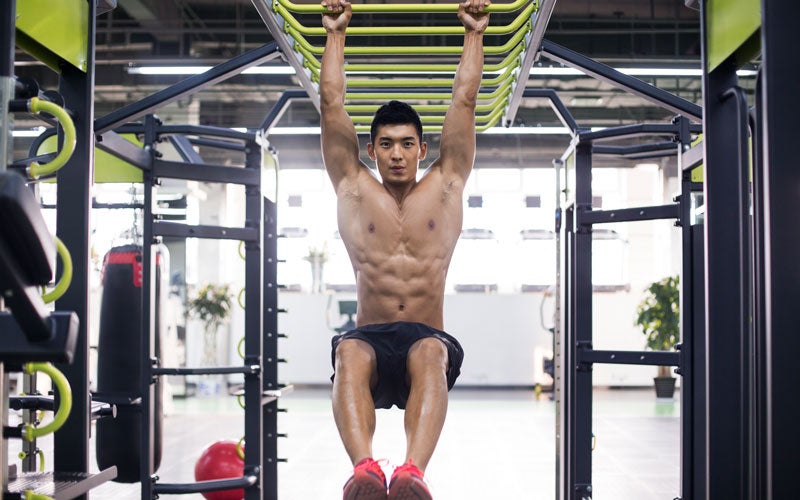
The Different Types of Grip Strength
There are five types, and each activity or exercise solicits a different muscle group in your hands and arms.
- Crush Grip: This is the type of grip you use when you grab something and hold it firmly. It’s essential for doing pull-ups or deadlifts.
- Wrist Strength: This is more about having strong wrists than what we think of as a grip. It’ll be useful when doing bicep curls or lateral raises.
- Pinch Grip: This is when you grasp something between your thumb and fingers, like a weight disc.
- Finger Strength: This is your ability to spread your fingers as far apart as possible.
- Support Grip: This is when you stretch your fingers while holding something in your hand, like a basketball or a thick barbell.
What muscles does grip strength engage?
In order to develop a better grip, the forearm and hand muscles must work together.The forearms are made up of 19 different muscle groups including the extensor and flexor muscles. They originate in the elbow and run down to the wrist and ends of the fingertips. When you move a finger, that force comes from your forearm strength.
Your hands contain more than thirty muscles that are responsible for the movements between your palm and thumb. There are no muscles at all in the fingers. If you want to improve your grip, you have to target your forearms.
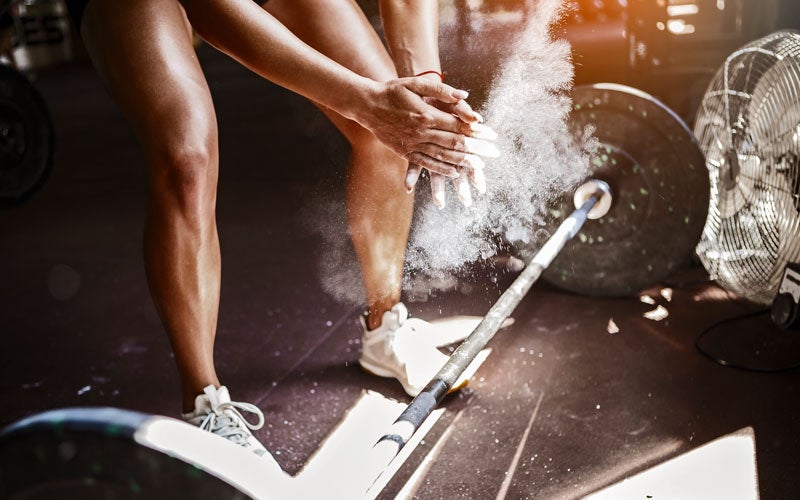
Here are some of the benefits of regularly training your grip:
- You’ll be able to do more reps: Not having a strong enough grip may make it extra difficult to do more repetitions. Even if the rest of you feels fine, your arms just might not be able to lift or hold the barbell anymore.
- You’ll increase your basal metabolic rate (BMR): The greater your grip strength, the better your body performs during a workout. With it, you’ll have more power and develop faster as a result.
- You’ll avoid injuries: You’re only as strong as the weakest member of your team. That’s true for your muscles, too! If your grip strength isn’t on par with the rest of your abilities, you’ll be more likely to overdo it and develop injuries in the long run.
- You’ll be able to perform better in many disciplines: Having a better grip isn’t just great for weightlifting—it’s also essential in a bunch of other sports, like basketball, gymnastics, and climbing.
- You’ll have more stamina for everyday life: Running errands up to the fifth floor, carrying the kids from room to room, or packing up your stuff—there are many areas of life where having a better grip will make things easier.
- You’ll improve your quality of life: Studies show that people who have a strong grip are more likely to be able to work independently.
- You’ll feel more confident and attractive: Studies on men have found that subjects with greater hand strength feel more attractive than those without. Having a firm handshake is also a sign of strong self-confidence.
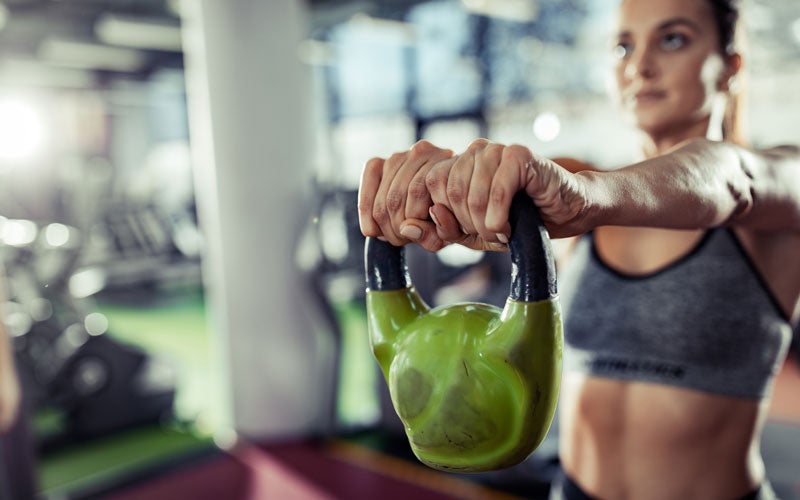
How to Improve Your Grip
As you can see, there are a bunch of great reasons to focus on improving your grip strength. The good news is there are plenty of ways to do it, so you definitely won’t get bored. Here are some examples of the tools you can use to have a stronger grip.
- Strengthening clamp: This is a clamp you can squeeze with your hands.
- Finger pull ring: This is a resistance band equipped with holes for each finger.
- Andrieux Coil: Weighted barbell with rotating tips.
- Fat Gripz: This is a plastic sleeve designed to increase the diameter of the handles on a weight.
Stress and tennis balls are two other great accessories that are easy to transport and use just about anywhere, whether in the office or on the subway.
Exercises to Improve Grip Strength
Farmers Walk
This exercise involves carrying heavy weights—such as kettlebells, dumbbells, or two beverage crates—for a set distance.
Keep your chest engaged and upright while you are doing this exercise. Take small steps forward. Open your chest and pull your shoulder blades together.
Deadlift

For deadlifts, a strong grip is essential. Grab the top of a bar from off the ground or an elevated position with your palms facing you (pronation). Tilt your pelvis forward and lift the bar along your shins toward your hips. Your knees should be slightly bent and your back should remain straight.
Our tip: To make sure you’re fully targeting your grip strength, hold the bar as high as possible for a few seconds before lowering it.
Bent Over Rows

Grab a weight bar with your palms facing the ceiling (supinated). Bend your knees and lean your chest forward. Keep your back straight and your chest engaged. Roll your shoulder blades back and together and open your chest. Lift the bar by bringing your elbows behind your waist.
Hold the position for a few seconds to further work your grip strength. Always keep your wrists straight—never bent.
Pull-up bar suspensions
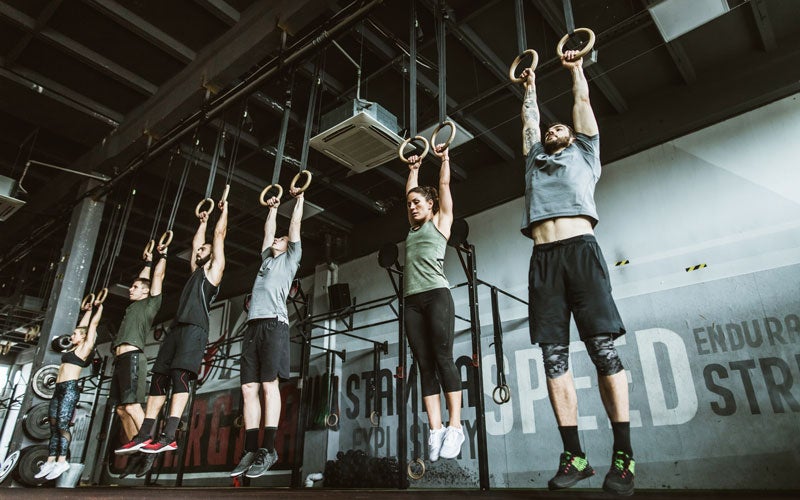
Instead of doing traditional pull-ups, simply grab the bar—either with one or two hands—and hang there. It may look simple, but it’s actually an intensive workout for your shoulder, arm, and hand muscles.
As you do this move, be sure to keep your chest muscles contracted and bring your shoulder blades together. Don’t swing back and forth: just let yourself hang motionless.
Grasping weight plates
This exercise is simple and can be done anytime you change weight size. Grab the weight plate firmly, lift them up, and hold the position. That’s it!
How often should you exercise your grip?
Ideally, try to include forearm exercises in your training program about two to three times a week. A five-minute mini-set is more than enough. Whatever you do, don’t overdo it and give this area plenty of time to recover. Otherwise you may be too tired to continue training the other parts of your body.
Our tip: Keep a stress ball near your desk or couch so you can train your grip all the time.
In addition to regular exercise, having a well-rounded diet is also essential to strength development. Don’t forget to give your body the protein and carbohydrates it needs every day.
Without these nutrients, even the best training won’t do you much good. For those of you who don’t have time to spend hours cooking after your workout, use our Whey Protein to get what you need quickly.Discover our Whey Protein
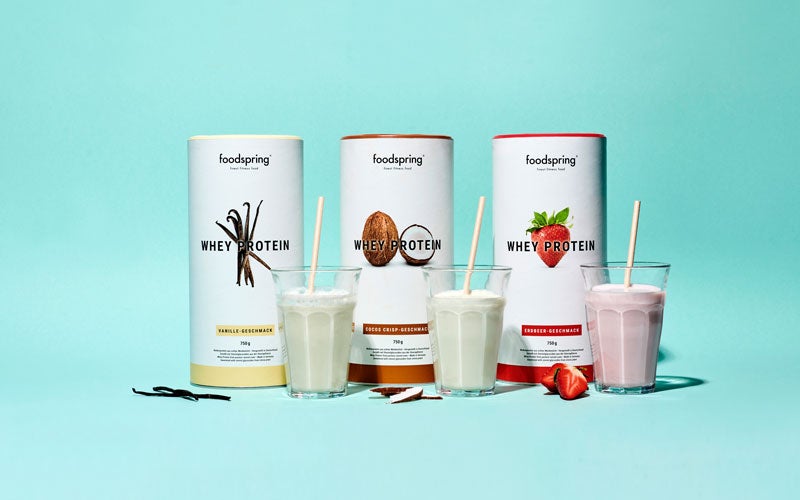
Summary
- Our forearms are largely responsible for grip strength.
- Having a sturdy grip can prevent injury, improve performance and endurance abilities, and maximize muscle development.
- Improve your grip strength with various equipment and exercises.
- Two to three five-minute forearm workouts per week are enough to improve grip strength over time.
- In addition to exercise, what you eat and the amount of time you give yourself to recover are also important factors in improving and maintaining grip strength.
Sources for this article
We at foodspring use only high-quality sources, including peer-reviewed studies, to support the facts within our articles. Read our editorial policy to learn more about how we fact-check and keep our content accurate, reliable, and trustworthy.
- Hideo Sasaki, Fumiyoshi Kasagi, Michiko Yamada, Shoichiro Fujita (2007): Grip Strength Predicts Cause-Specific Mortality in Middle-Aged and Elderly Persons. https://pubmed.ncbi.nlm.nih.gov/17398228/
- Taina Rantanen, PhD; Jack M. Guralnik, MD, PhD; Dan Foley, MSc; et al (1999): Midlife Hand Grip Strength as a Predictor of Old Age Disability. https://jamanetwork.com/journals/jama/fullarticle/188748
- Vegard Skirbekk, Melissa Hardy and Bjørn Heine Strandd (2018): Women’s spousal choices and a man’s handshake: Evidence from a Norwegian study of cohort differences. https://www.ncbi.nlm.nih.gov/pmc/articles/PMC6069588/






























